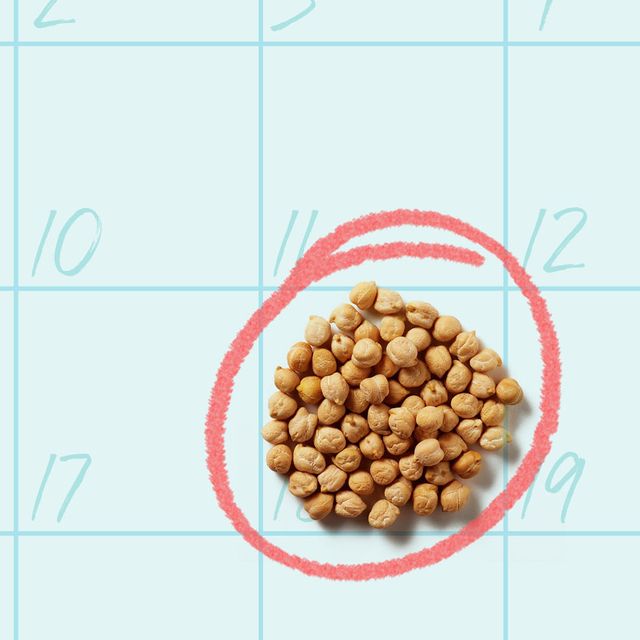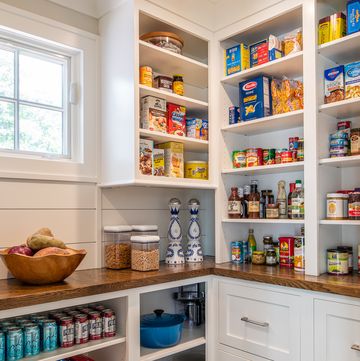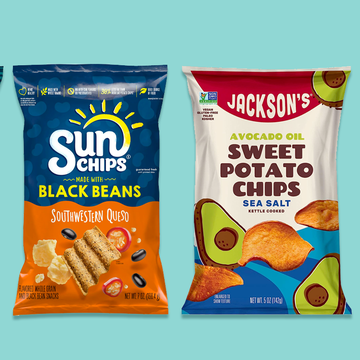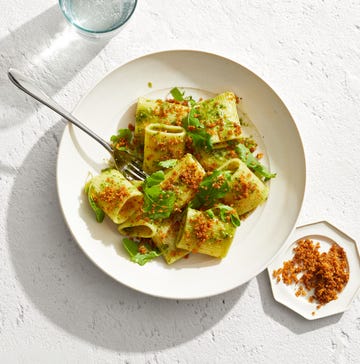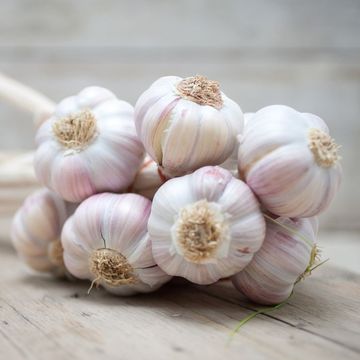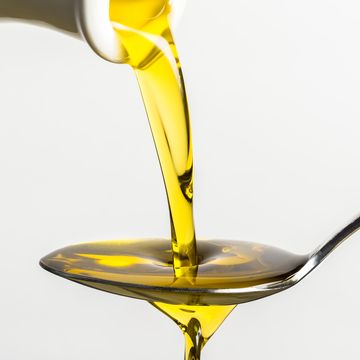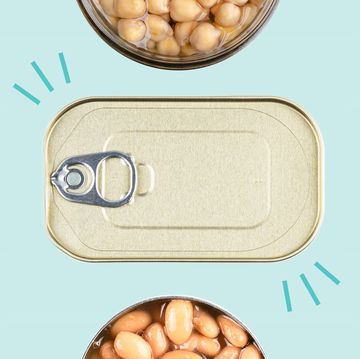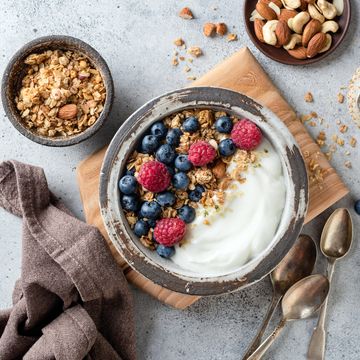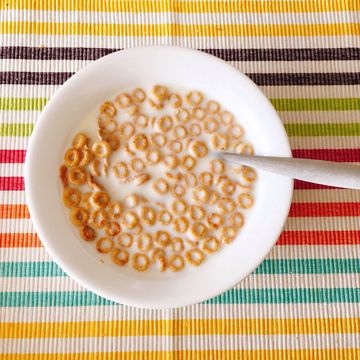If you’ve unearthed a sack of lentils in your pantry and wondered, “Are these still okay to eat?” then you’ve come to the right place. Rich in fiber and great for gut health, beans are protein powerhouses that are completely plant-based and super economical to boot. When dried, not only are they cheaper than canned versions, but they have a longer shelf life and also cook up with a better texture. (Psst: Check out Our Favorite Way to Cook Dried Beans in the recipe for Classic Baked Beans.)
So does that mean we should all stockpile dried chickpeas, pintos and cannellini? Not so fast. While dried beans (and all pulses, which are the dry, edible seeds of plants in the legume family, including chickpeas, lentils, dry peas and beans) are pretty durable when stored properly, they won’t last forever. Even if old dried beans are safe to eat, they degrade in quality in several ways. How much to keep on hand depends on how quickly you make your way through your stash. To be sure what you’re consuming is at its best, here's everything you need to know about the shelf life of dried beans.
How long do dried beans last?
"If stored properly in a cool, dry place, they have a minimum shelf life of one year, keeping indefinitely and withstanding harsh or tropical environments," according to the United States Agency for International Development, USAID,
Time alone won't make beans go bad, per se, but they certainly won't taste the same. After two to three years, the beans will start losing their nutritional value, and most naturally found vitamins will be gone within 5 years.
How do you know if dried beans have gone bad?
There are a few tell-tale signs for when your beans are off. If you discover any of the following, discard the entire package of beans immediately:
- Pantry bugs — if weevils have made a home in your container or bag, it's time to throw it away.
- Mold growth — Pinto beans are usually a beige/tan color. So if you see mottled skin, dark spots or any visible traces of mold, you should toss them.
- Unusual smells — dried beans should not have a strong odor. If you detect something rancid when you open your bag of beans, this could be a sign of molding, fermentation or pest droppings. Give ‘em the boot!
Note: Color isn’t always the best indicator because exposure to light may cause beans to fade.
What's the best way to store dried beans?
The best way to keep your beans fresh is to store them in a cool, dry place inside an airtight food storage container. This barrier will prevent air quality from prematurely damaging the beans, so you won't have to worry about the beans drying out or retaining unwanted moisture. If you have multiple bags of different types of beans, you might want to keep them in separate airtight containers — that way one rotten bean won't spoil the bunch.
Pro tip: Label the containers with the date so you know when you bought the beans.
Do dried beans expire?
While most packages of dried beans do not come with an expiration date, they will not last forever. The U.S. Department of Agriculture's FoodKeeper app says, “For freshness and quality, dried beans should be consumed within 1 to 2 years if in the pantry from the date of purchase; 1 year if pantry stored after opening.”
Dried beans stored too long will degrade in the following ways:
- lose their nutritional benefits over time
- take longer to cook
- become tougher and less creamy in texture than fresher beans
Pro tip: If the dried beans are past their prime but aren’t rotten, you can still use them as pie weights!
How long does it take for dried beans to go bad?
That depends on how you've stored them. Dried beans will go bad more quickly if kept in a warm, moist environment and exposed to air. If stored properly, they should last at least a year.
What's the best way to cook dried beans?
Now that you know how to keep dried beans at their prime, it's time to cook 'em! Check out our guide How to Cook Dried Beans the Traditional Way which will give you a perfect pot of stovetop beans, every time. If you can't wait, we have a shortcut using a multi-cooker, like an Instant Pot, that's now become Our Favorite Way to Cook Dried Beans. We used this speedy method to make Classic Baked Beans, but you can follow these steps any time a recipe calls for canned beans, like in Saucy Pizza Beans, Pinto Bean and Poblano Soup and Butter Bean Salad with Herby Vinaigrette.
Susan (she/her) is the recipe editor at Good Housekeeping, where she pitches ideas, parses words, and produces food content. In the Test Kitchen, she cooks (and samples!) recipes, working with developers to deliver the best written versions possible. A graduate of Brown University and a collaborator on several cookbooks, her previous experience includes stints at Food & Wine, Food Network, three meal kit companies, a wine shop in Brooklyn and Chez Panisse, the pioneering restaurant in Berkeley, California. She enjoys playing tennis, natural wines and reality competition shows.
As an Editorial Fellow for Good Housekeeping, Katie covers health, beauty, home, and pop culture. Outside of the office, you can find her killing it on the karaoke machine or listening to true crime podcasts.
